Let's talk about meat rabbits for the small family farm, hobby farm, homestead or whatever. They are a much overlooked source of meat for the family dinner table and are easy to raise even in a backyard setting. Heck, if I lived in an apartment, I'd likely still raise meat rabbits.
We've had ours for almost two years. They were "yard sale" rabbits and I wasn't too impressed with them when Brian brought them home as a "surprise". We had intended to keep rabbits soon - the cages were almost ready - but I was thinking of purebred Californians and these were clearly mutts. There were six of them: two does, three youngsters and a buck. They had been kept in a large community cage, all except the buck, and only the youngsters looked healthy. Their coats were rough and dirty and the buck had ear mites.
We put them into individual cages out under the box elder tree and gradually added a mix of dandelions, plantain and clover to their diet. An amazing thing happened. They cleaned themselves up, the buck's ears cleared up after being treated with olive oil and they became sleek and sassy. By fall, I decided they were in good condition for breeding and the two does produced lovely litters of 7 and 12 kits. The youngsters we culled since the doe had been crossed with a dwarf and they were not meat types - although they were tasty.
We bred our trio for about a year and rabbit became a regular item on our dinner table. Delicious white meat, a little firmer than chicken but NOT tough, and as versatile as chicken too. We were hooked.
We saved promising looking kits from the litters. Three of these I sold to a man who was wanting to start raising meat rabbits. One doeling I kept for ourselves and one buckling that was just too nice and promising to cull, I "loaned" to my sister's boyfriend on the understanding that if it didn't work out that he could return it to us. He did a lovely job of socializing the rabbit and was fond of him, but as circumstances evolved it was clear that he could not keep him. So Tao, as he called the rabbit, came back to us.
We bred him back to his dam last summer and the resulting kits were the best yet. Bred to his older sister, the kits were even better. I know many people think that inbreeding is a bad thing, but if the qualities are good ones they are enhanced and if they are not good, you cull the offspring. With rabbits you can always eat your mistakes.
That fall, we reassessed our little herd and decided to cull one of the original does and the original buck. The doe produced huge litters, but there were usually a couple of runts and because she was an aggressive and overvigilant mother, her kits were too nervous to be good breeders. The buck had done well by us, but he was on the small side and his son Tao was better in all respects. So we culled those two and one of the doe's daughters that had not been a success.
We started into the winter with our one original doe, Patches, her daughter Tuppence with her litter of nine and son Tao who was the father of Tuppence's litter. Just before Christmas I made contact with a woman in the area who wanted to increase her herd. She bought all five young females and the best young male. That left three less promising bucks who are now in our freezer.
I'm fond of my breeders and I always enjoy the youngsters, but I am not sentimental about them. The best work for us and we give them the best care and food we can. They are livestock, not pets.
For those who had never raised rabbits, two good does and a buck bred four times a year can easily produce 160 pounds of table ready meat each year. All that bunny manure is a valuable by-product for your garden. Rabbit manure is "cool" and does not need to be composted before adding to the garden. You'll be amazed at how your garden improves over a season or two.
I've been feeding my rabbits pellets supplemented by greens, apple, hard maple and willow branches and alfalfa/timothy and grass hay. They do well on this, but I would like to get them off pellets entirely. My goal for them this year is to make a gradual transition to an all-natural diet. I expect to still have to buy hay and perhaps a little grain, but the processed rabbit food would be eliminated. The rabbits don't really enjoy it, it contains ingredients I don't approve of for rabbits (animal tallow?) and it is increasingly expensive - $2 a bag more now than in summer of 2005.
Let's talk meat rabbits. Who has them, how do you like them and how do you raise yours? If you don't have rabbits, but think you might want some, please jump in and talk about it.
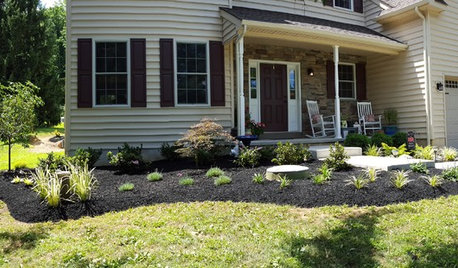
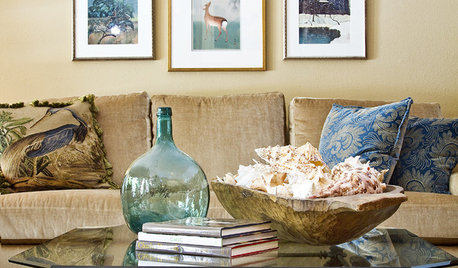

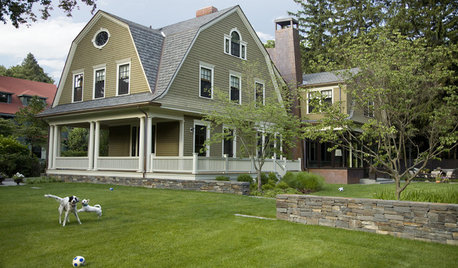
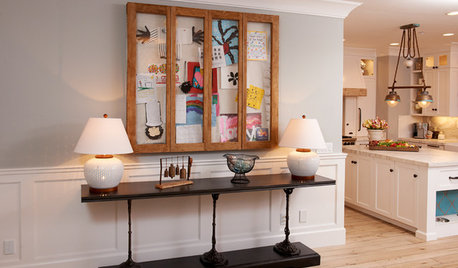
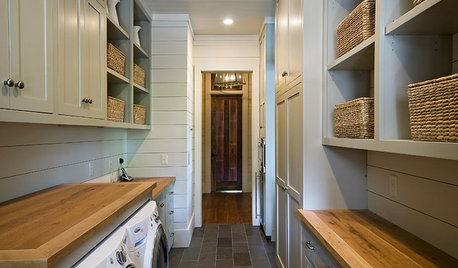
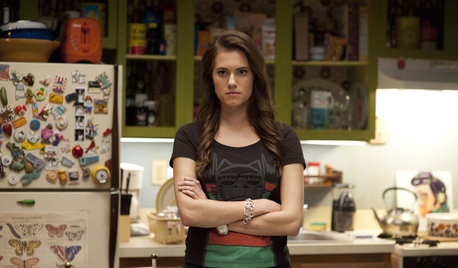
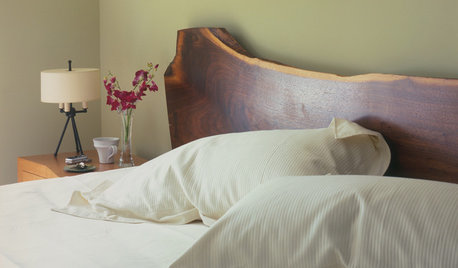
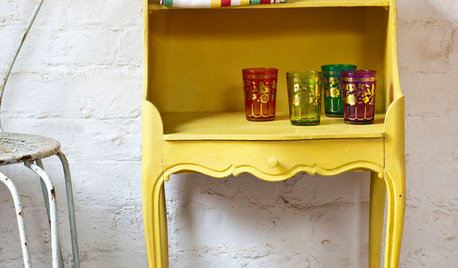
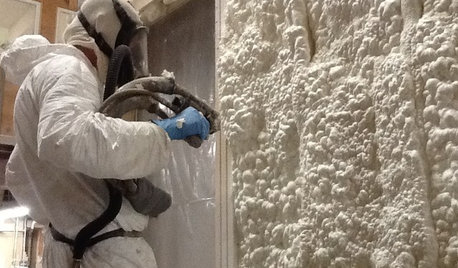



sullicorbitt
fancifowl
Related Discussions
Does anyone raise rabbits for meat?
Q
So...let's talk about holiday treats!
Q
Let's Talk About Food Dehydrating...
Q
Let's talk about similarities and differences between US and Cana
Q
shellybabe
lfrj
Maggie_JOriginal Author
patrick_nh
Maggie_JOriginal Author
patrick_nh
patrick_nh
Maggie_JOriginal Author
Roberta_z5
guineagarden
Maggie_JOriginal Author
Maggie_JOriginal Author
fancifowl
patrick_nh
guineagarden
patrick_nh
Maggie_JOriginal Author
Maggie_JOriginal Author
guineagarden
Maggie_JOriginal Author
patrick_nh
mokevinb
Maggie_JOriginal Author
dannic_az
lfrj
Maggie_JOriginal Author
mokevinb
lfrj
Maggie_JOriginal Author
countrybob
babalubird
shanick67
seramas
lillybelle21
gardendawgie
luvbytes
Maggie_JOriginal Author
jimmieoglesby_yahoo_com
arizona_wormer
valsmith
Niivek
okieladybug